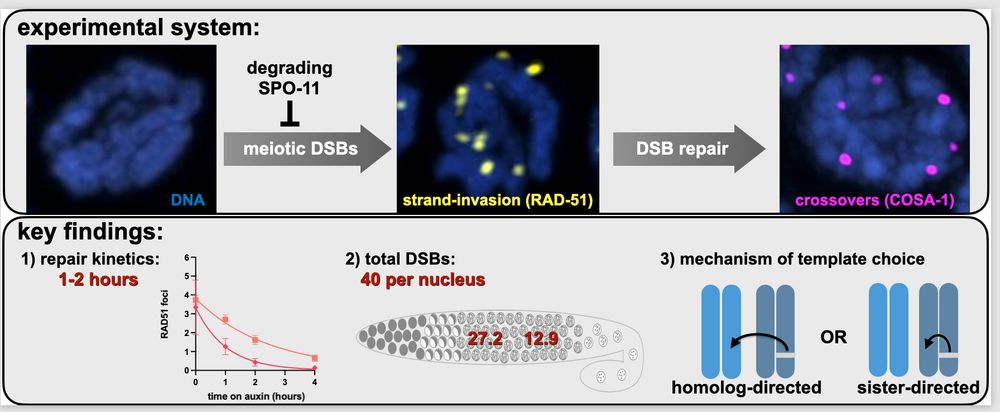Rog lab at the University of Utah
@theroglab.bsky.social
1.1K followers
900 following
33 posts
Cell biology of chromosomes in meiosis 🏳️🌈
Posts
Media
Videos
Starter Packs
Reposted by Rog lab at the University of Utah
Reposted by Rog lab at the University of Utah
Reposted by Rog lab at the University of Utah
Reposted by Rog lab at the University of Utah
Abby Dernburg
@adernburg.bsky.social
· Feb 21
Reposted by Rog lab at the University of Utah

















